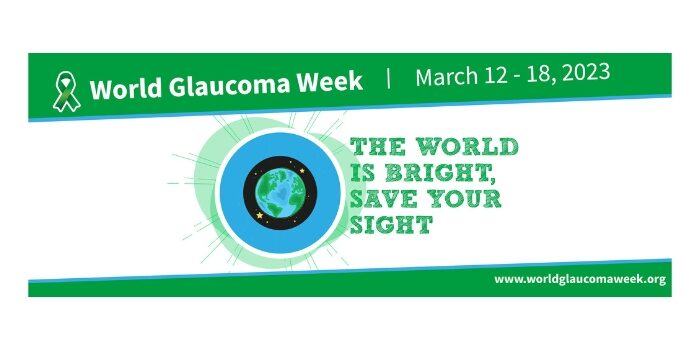Glaucoma is the name given to a group of eye diseases where vision is lost due to damage to the optic nerve. It causes irreversible vision loss due to damage to the optic nerve. The loss of sight is usually gradual and a considerable amount of peripheral (side) vision may be lost before there is an awareness of any problem. Unfortunately there is no cure for glaucoma, and vision loss is irreversible.
A few stats
- 1 in 50 Australians will develop glaucoma in their lifetime.
- 50% of people with glaucoma don’t know they have it.
- You are 10 times more likely to develop glaucoma if a direct relative has it.
Causes
Glaucoma is usually caused by an increase in intraocular pressure (IOP) which can damage the optic nerve. The level of elevated eye pressure which causes progressive damage to the optic nerve varies between people. Some people can have high eye pressure without glaucoma (known as ocular hypertension) while other people can have normal eye pressure with glaucoma (known as normal tension glaucoma).
This increased pressure begins to damage the optic nerve which lies at the back of the eye. The optic nerve is made up of approximately one million nerve fibres which connect the back of the eye to the brain. Damage to the cells of the optic nerve results in irreversible damage to your eyesight.
Symptoms
While there are different types of glaucoma, Primary Open-Angle Glaucoma (POAG) is the most common, accounting for 90% of glaucoma cases in Australia. Nicknamed the ‘silent thief of sight’ there are no obvious symptoms in the early stages of POAG. Damage progresses slowly and destroys vision gradually, starting with peripheral vision. This early vision loss often goes unnoticed until a significant amount of damage to the optic nerve has already occurred.
On the other hand, Acute Angle-Closure Glaucoma can cause severe eye pain associated with nausea and vomiting, headache, watery eyes, sudden onset of blurred vision or seeing halos around light. This is a medical emergency and immediate treatment is required.
Treatment
While vision loss can’t be restored, early diagnosis and treatment can delay or halt the progression of the disease. That is why it’s so important to detect the problem as early as possible. Most people are able to manage their condition successfully with the use of eye drops, laser treatment, surgery or a combination of all three. The purpose of all glaucoma treatment is to lower the intraocular pressure (IOP) within the eye in order to prevent deterioration of the optic nerves. Treatment varies from person to person, so please discuss with your optometrist and ophthalmologist what the best approach is for you.
- Source: www.glaucoma.org.au

